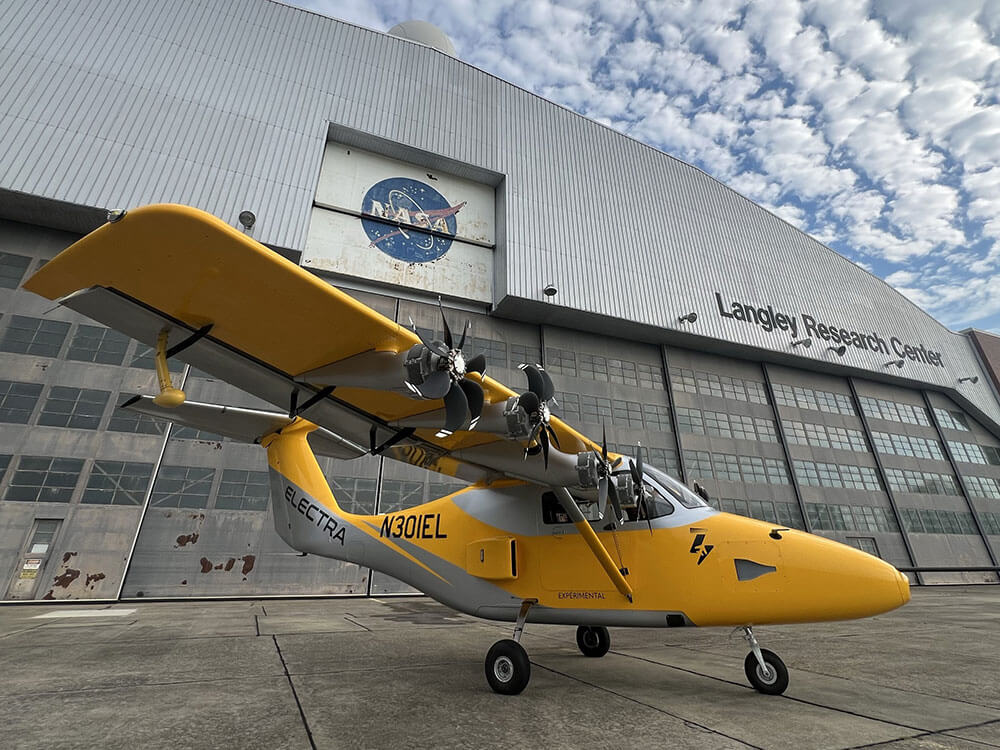Electra Aero’s ultra short takeoff and landing (USTOL) aircraft aims to transform regional air mobility (RAM) with its groundbreaking approach. By combining hybrid-electric propulsion and innovative aerodynamics, this new category of aircraft achieves exceptional short takeoff and landing performance to bring air travel closer to communities and workplaces. Electra aims to enhance connectivity, improve sustainability and unlock new possibilities in aviation by operating from small spaces as small as 300×100 feet with the efficiency of fixed-wing aircraft. By enabling operations from small spaces close to urban centers, the team at Electra Aero hopes to make air travel more accessible and transform regional transportation.
Designing an Affordable and Efficient Short-Takeoff Aircraft: Innovations in Cost-Effective Aviation Solutions
Electra’s USTOL aircraft represents the intersection of several cutting-edge technologies. It combines hybrid-electric propulsion, distributed electric propulsion, proprietary blown lift aerodynamics and fly-by-wire controls.nThis unique combination of technologies allows the aircraft to take off and land in distances under 300 feet while still achieving cruise speeds of 175 knots with a range of over 400 nautical miles.
The aircraft’s blown lift system lies at the heart of its USTOL capabilities. By using distributed electric propulsion to direct airflow over the wings, the aircraft can generate high lift at low speeds. This allows for extremely short takeoff and landing distances without sacrificing cruise efficiency.
To further enhance efficiency, the aircraft employs a hybrid-electric propulsion system. This combines the advantages of electric motors for low-speed operations with the range and power of a turbine engine for cruise flight. The result is an aircraft that can operate efficiently across a wide range of speeds and altitudes.
The aircraft’s aerodynamic design also plays a crucial role in its performance. The wing and fuselage are optimized for both low-speed lift and high-speed cruise using advanced materials and manufacturing techniques to minimize weight without compromising strength.
By focusing on simplicity and reliability in the design, Electra intends to keep both acquisition and operating costs low. This is crucial for making the aircraft economically viable for a wide range of operators, from regional airlines to on-demand air taxi services. The USTOL can accommodate 9 passengers with up to 2,700 lbs of max payload. It outperforms helicopters and eVTOLs with 70% lower operating costs and 7 times the range.
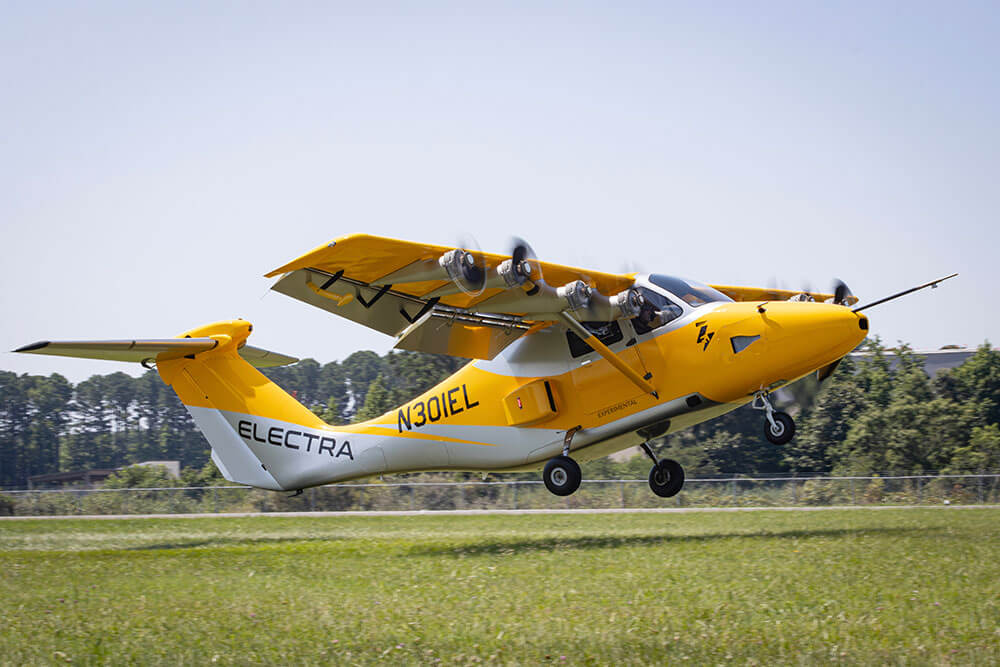
Flight Testing and Performance Validation of Electra Aero’s USTOL Aircraft
Over the past year Electra has been rigorously flight testing their two-seat technology demonstrator, dubbed “Goldfinch.” This prototype has validated the core technologies that will enable the exceptional performance of the full-scale USTOL aircraft.
Through its flight test program, Electra has logged 60 flight hours. The longest flight amounted to nearly 2 hours. More importantly, the shortest takeoff was around 150 feet and shortest landing of 114 feet. The team demonstrated flights as slow as 22 knots and operations up to 6,500 feet AGL.
Test pilots reported excellent low-speed control and maneuverability enabled by the blown lift system. Perhaps most impressively, the aircraft proved to be exceptionally quiet. During customer demonstrations, observers on the ground reported hearing only rustling leaves as the aircraft flew overhead.
This combination of short field performance, low-speed control and quiet operations is key to unlocking new use cases in urban air mobility (UAM) and RAM. The successful flight test campaign gave Electra the confidence to accelerate their development timelines.
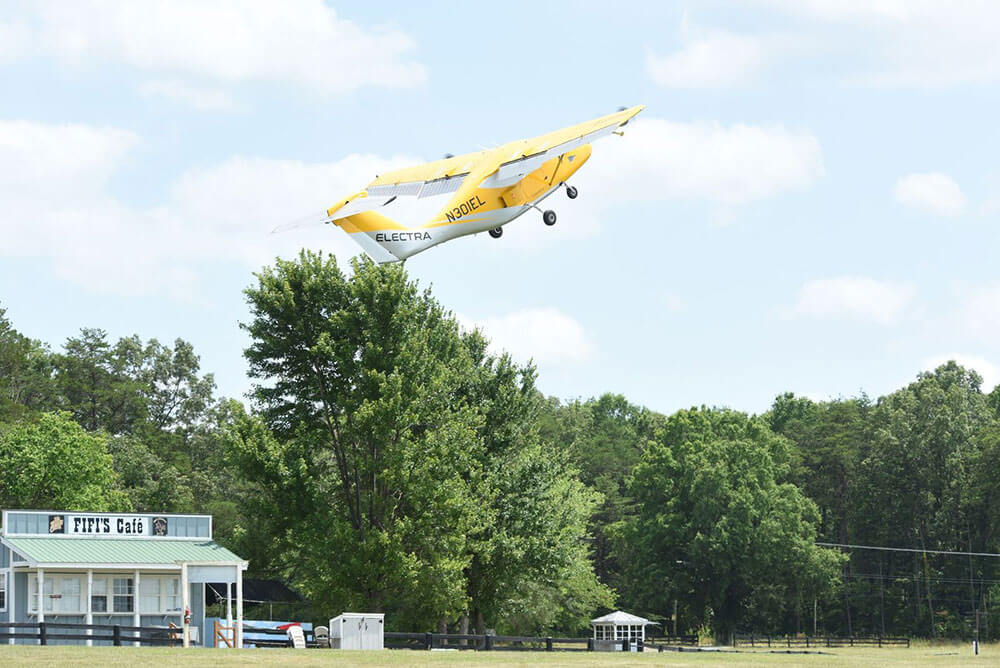
Expanding Military and Commercial Sector Targets for Electra Aero’s USTOL Aircraft in Transformational Mobility
Electra sees three primary markets for their USTOL aircraft technology: existing short-haul aviation markets, military and government applications and new UAM/RAM services.
Tactical Airlift Capabilities Enhance Military Efficiency and Response
For military use, the aircraft’s ability to operate from austere locations with minimal infrastructure makes it well-suited for tactical airlift, medical evacuation and distributed logistics operations.
The USTOL aircraft could deliver supplies, equipment, and personnel to forward operating bases or remote outposts that are difficult to reach with larger transport aircraft. Its short takeoff and landing capabilities allow it to access unprepared airstrips or even cleared areas in challenging terrain.
Medical evacuation is another critical application where the USTOL aircraft excels. Its ability to land in confined spaces close to the point of injury could significantly reduce evacuation times and improve patient outcomes. The aircraft’s long range compared to helicopters also means it can transport patients directly to more advanced medical facilities without the need for multiple transfers. Electra is already working with the US Air Force to develop these capabilities.
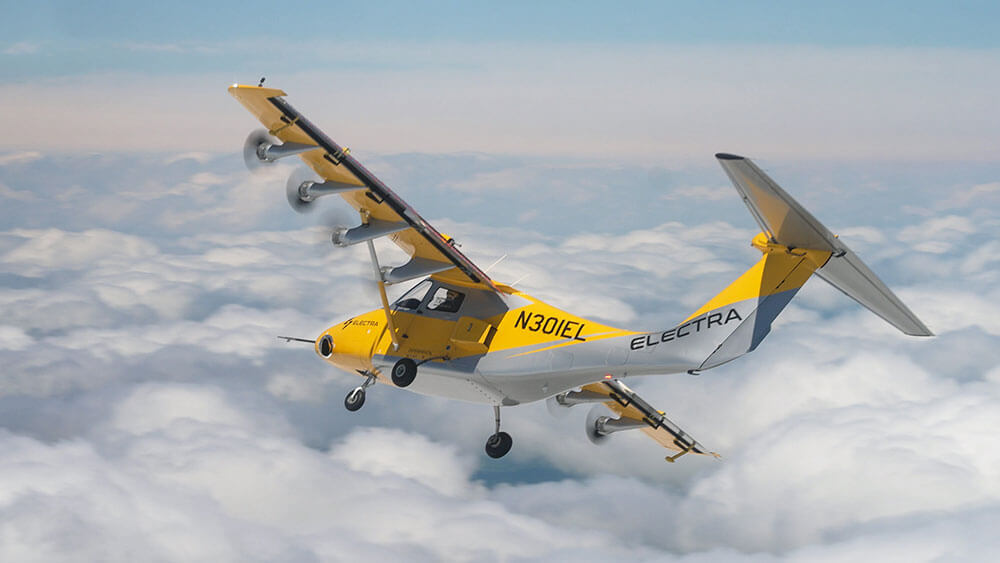
UAM and RAM With Close-In Capabilities and Minimal Infrastructure
The USTOL also enables entirely new air mobility services that can transform regional transportation. By operating from small vertiports close to where people live and work, it can provide fast, affordable air connections that take cars off congested roads.
One of the key advantages of the USTOL aircraft is its flexibility in terms of infrastructure requirements. Unlike traditional aircraft that need long runways, or eVTOLs that require specialized vertiports, Electra’s aircraft can operate from existing general aviation airports, parking lots or even temporary landing zones. This means that air taxi services could potentially pick up and drop off passengers much closer to their actual origins and destinations.
Electra envisions a network of small vertiports strategically located throughout urban and suburban areas, providing fast and efficient air connections for trips ranging from 50 to 500 miles. This could dramatically reduce travel times for regional trips, making it possible to live further from city centers while still maintaining quick access to urban amenities and job opportunities.
In existing markets, the USTOL aircraft promises 40% lower costs and 60% lower emissions compared to turboprops and small jets on routes under 100 nautical miles. This makes it an attractive option for regional airlines, cargo operators and charter services.
Electra has already secured over 2,200 pre-orders for the USTOL aircraft. This represents nearly $8 billion in potential revenue. Customers include major airlines, charter operators, and government agencies.
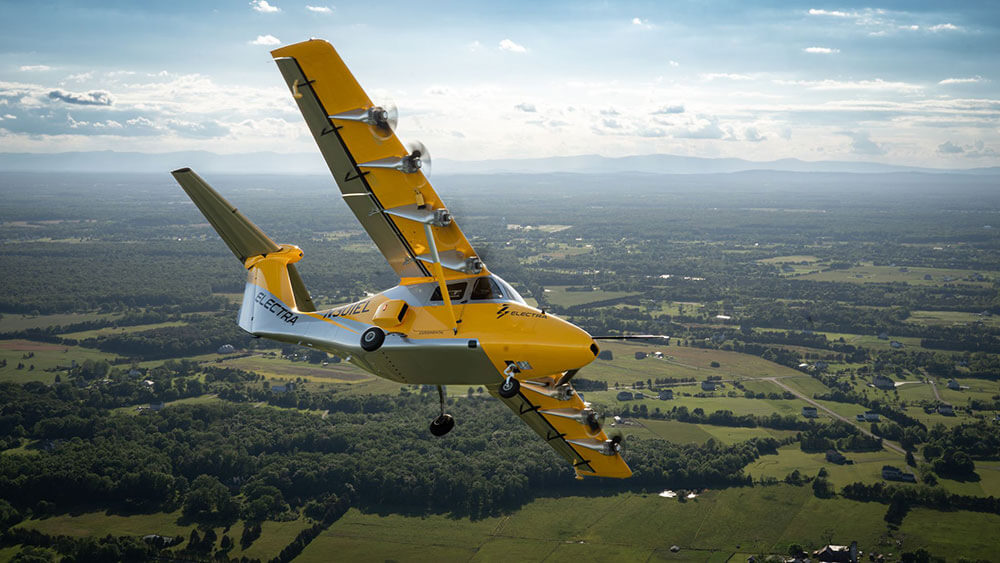
The Path to Commercialization of Electra Aero’s USTOL Aircraft: Strategies and Milestones
With its core technologies validated, Electra plans to transition from the two-seat prototype to development of the full-scale nine-passenger production aircraft. The company is currently conducting wind tunnel testing of the production configuration.
Electra plans to build a “Generation 0” aircraft that will be very close to the final production version, followed shortly by fully conforming prototypes for certification testing. This accelerated timeline reflects the maturity of the technology.
Electra’s success in developing their revolutionary USTOL aircraft is due in large part to their strategic partnerships and collaborations within the aerospace industry. The company has assembled an impressive roster of investors partners that bring expertise in various aspects of aircraft design, propulsion, and systems integration. These include aerospace leaders like Lockheed Martin, Safran, and Honeywell, as well as technology giants like Microsoft.
These partnerships not only provide technical expertise but also help to validate Electra’s approach in the eyes of potential customers and investors. The involvement of established industry leaders demonstrates confidence in the USTOL concept and its potential to disrupt the aviation market.
As Electra progresses on refining its design and moving towards certification and production, it continues to demonstrate the transformative potential of USTOL aircraft technology to regulators, operators and communities.
By all measures, the company appears poised to deliver an aircraft that combines the flexibility of a helicopter with the efficiency and range of a fixed-wing aircraft. This unique combination of capabilities has the potential to transform regional air mobility and open up new possibilities for sustainable and accessible air travel.
For more information about Electra’s USTOL aircraft and their vision for the future of aviation, visit their website at www.electra.aero or contact their media relations team at media@electra.aero.
Key features of the USTOL include:
- 9 passenger capacity
- 2,700 lbs max payload
- 175 knot cruise speed
- 400+ nautical mile range
- Under 300 ft takeoff and landing distance
- Significantly reduced noise compared to helicopters
Key accomplishments of Electra’s flight test program:
- Over 60 flight hours logged
- Longest flight of nearly 2 hours
- Shortest takeoff of around 150 feet
- Shortest landing of 114 feet
- Demonstrated flight as slow as 22 knots
- Operations up to 6,500 feet altitude

